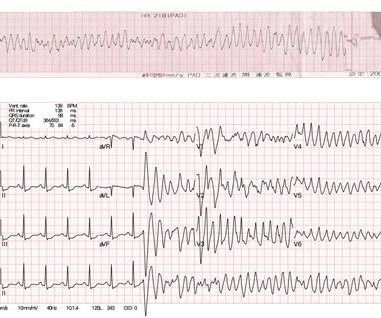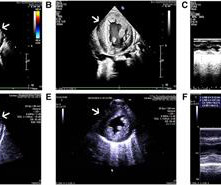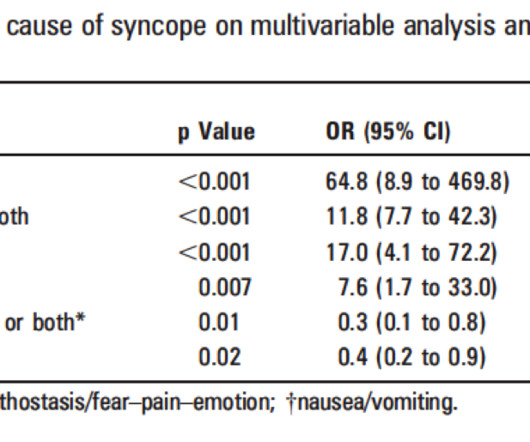Case Report: Lacosamide unmasking SCN5A-associated Brugada syndrome in a young female with epilepsy
Frontiers in Cardiovascular Medicine
JUNE 3, 2024
Workup including routine laboratory results, 12-lead electrocardiogram (ECG), echocardiogram, and coronary angiogram was non-specific. During the intravenous lacosamide infusion, the patient developed sudden cardiac arrest caused by ventricular arrhythmias necessitating resuscitation.











Let's personalize your content